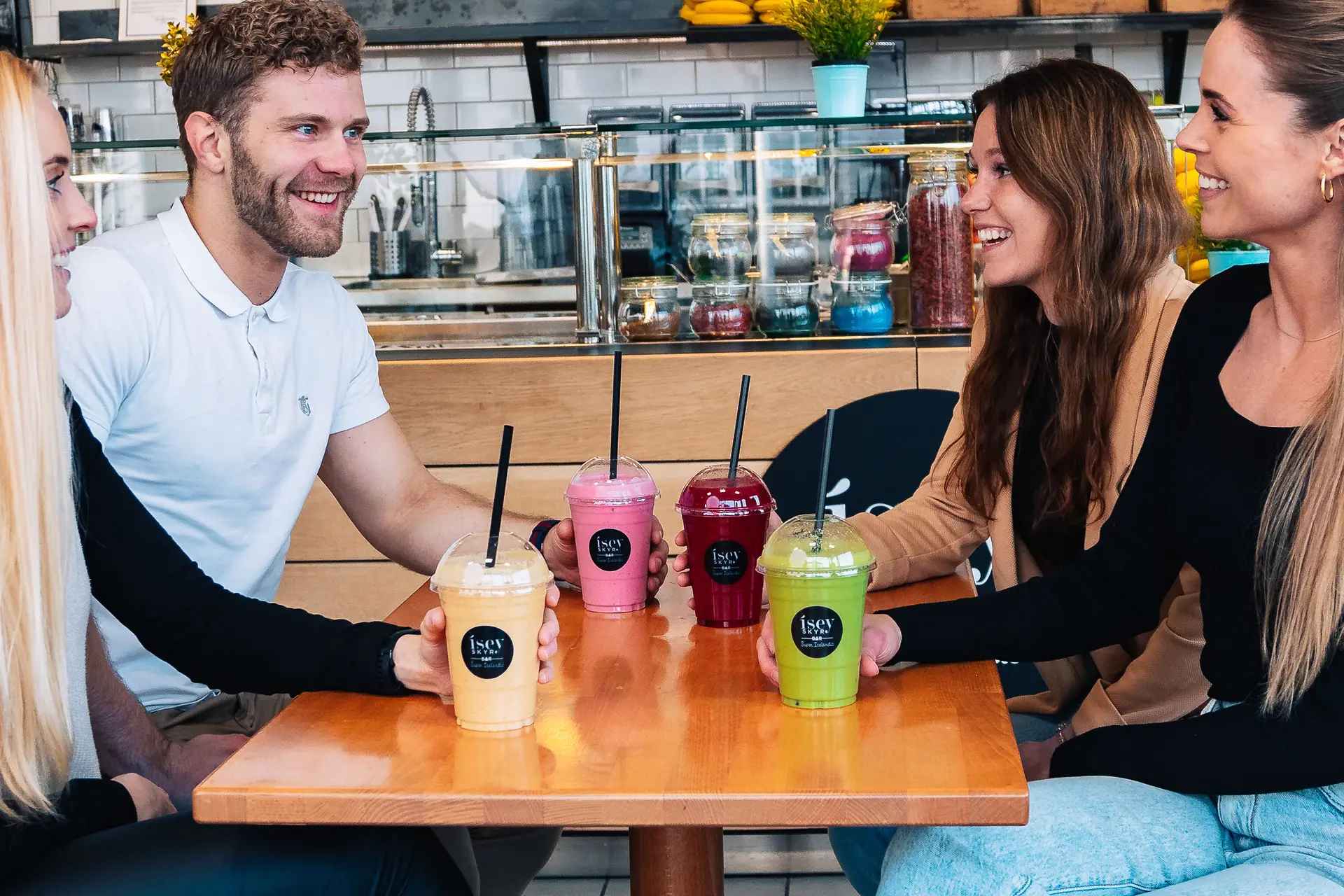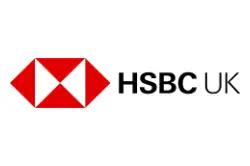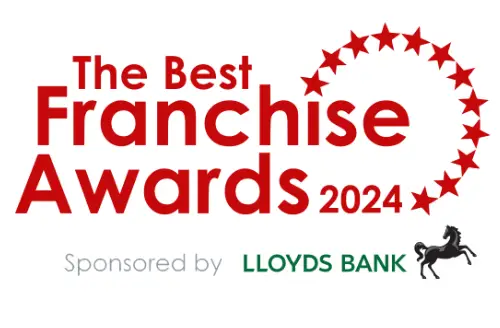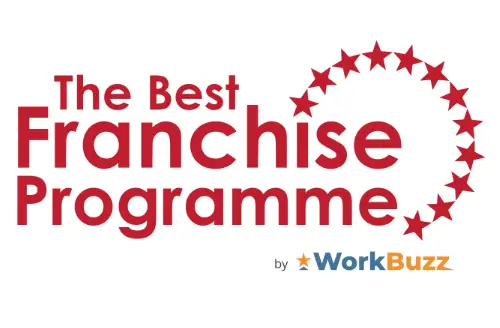Traditionally, the purpose of the QSR industry was to offer a convenient, cheap meal option. However, QSR outlets today have improved upon their appeal to the modern, health-focused consumer. Here, Sigríður Steinunn Jónsdóttir, the Managing Director of Ísey Skyr Bar, discusses how QSR franchises are changing the way they think to stay current and provide the experience consumers now seek.
New consumer demands
The three primary elements of a successful QSR experience are speed of service, the nutritional value of the meal and the taste of the product. However, it is common for the well-established, leading QSR brands to only tick one or two of those three boxes. A speedy, tasty snack generally sacrifices nutritional value, taste and nutrition may take longer, and speed and nutrition may be detrimental to the taste. But in the post-pandemic world, QSR brands are needing to appeal to consumers who have become significantly more health-focused, while providing a convenient service that suits their newly re-discovered active lifestyle.
Brands that can tell a story
Pre-pandemic, independent QSR outlets almost matched the value of traditional fast-food restaurants1. This strongly suggests that consumers are now actively requesting the independent, bespoke dining experience. And one key reason for this is that consumers are now actively seeking heritage. It has become more important for customers to not only know where their meal has come from, but to learn the story of how it got there. In fact, brands with heritage have been found to signal quality and increase credibility. This drives a price premium, but it is one that customers are prepared to pay more for2. Through this, heritage QSR brands have grown rapidly, with the fastest-growing outlets today telling a rich story to accompany a fine-dining experience.
Substance is now style
In 2021, 58% of consumers said healthy options on a menu were important, with millennials rating this factor at 71%3. The UK has become more health-conscious, and with calorie counts being put on menus, steps are actively being taken to ensure consumers are aware of a product’s health implications. And with the widespread scaling back of products available, QSR brands are now able to focus on the nutritional value of their meals as well as their aesthetic appeal. Fast-food has never been more in demand. But now, substance is style, and that substance must be healthy to drive consumer interest.
Content worthy
That is not to say aesthetic value does not still have a huge impact on the success of today’s QSR outlet. With the rise of bite-size content now playing a huge role in the marketing of a brand, the visual appeal of a QSR outlet must match the product. Research shows the UK restaurant market will grow by 59% in 20224. It is because of this that QSR outlets today not only have to make their product tick vital nutritional boxes, but their experience as a whole must make consumers want to get their phones out and take pictures. Today, an aesthetically pleasing experience is as important as the product and service itself.
Ethical implications
Consumers love to see multi-national companies supporting local produce and using it to deliver an experience that can be emulated around the globe. Brands are most trusted when they display transparency and have a desire to be more socially responsible. Increasingly, consumers want to be aware of the ethical impact of the food they buy. It is because of this that the QSR industry is seeing more brands creating job opportunities that go far beyond a concept itself, with the manufacturing and sourcing of produce a vital element in delivering a tasteful and ethically conscious consumer experience.
Sigríður summarises, “It’s an incredibly exciting time for the QSR industry. Since the pandemic, consumers have become increasingly conscious of their experience with fast food. And it’s because of progressive, forward-thinking brands such as Ísey Skyr Bar that the industry is being reinvented for the better. From the sourcing and manufacturing process to the moment a consumer posts a picture on social media, the QSR experience has never been more ahead of the curve, which is thanks to brands understanding what their customers want and need from fast-food outlets.”
1 S. Lock, 2021, Value of the fast-food restaurant market in the United Kingdom (UK) in 2018, by type
2 Anne Rindell & Fernando Pinto Santos, 2021, What makes a corporate heritage brand authentic for consumers? A semiotic approach
3 Danny Klein, 2021, 5 Fast-Food Trends That Will Shape 2022
4 Wave, 2022, UK restaurant market to grow by 59% in 2022

































